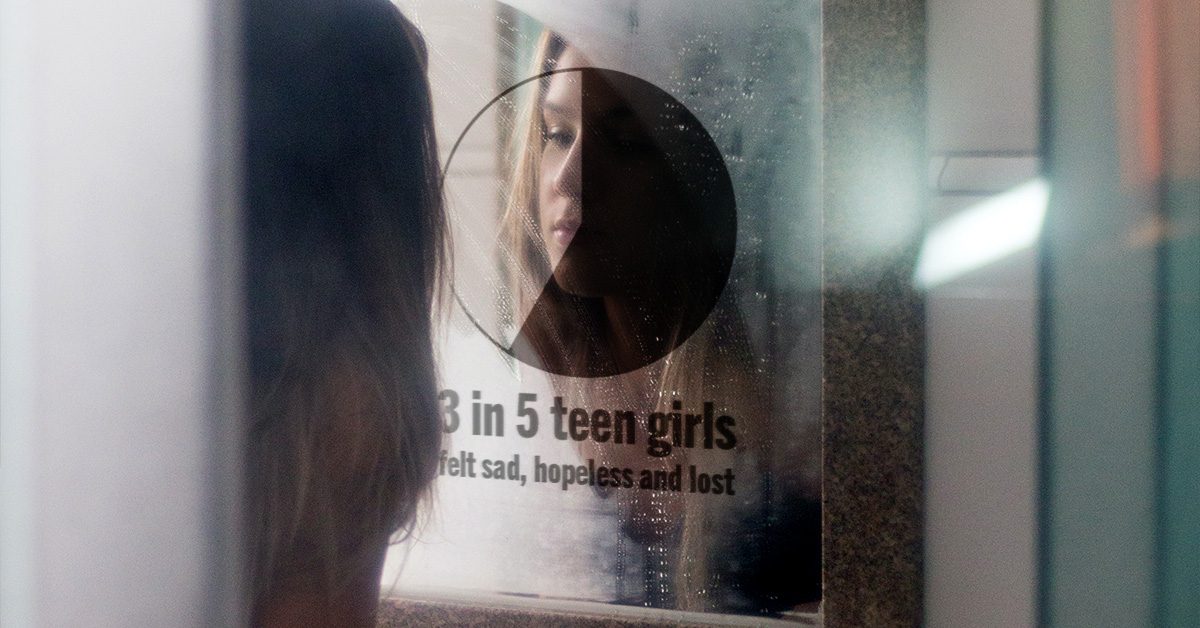Connecting the Dots: Tobacco Use and Mental Health in Teen Girls
Content Warning: This blog covers sensitive mental health topics, including eating disorders, depression and suicide. Reader discretion is advised.
This year, the Centers for Disease Control (CDC) published an eye-opening article entitled “U.S. Teen Girls Experiencing Increased Sadness and Violence.” It advised parents and schools to take urgent action to support mental health initiatives. According to the data, nearly 3 in 5 U.S. teen girls reported feeling sad, hopeless and lost in 2021 — double the number of teen boys who reported similar feelings.

Understanding the Data
The findings from the 2021 National Youth Risk Behavior Survey (YRBS) support these facts, stating that young girls endure more harmful and traumatic experiences than their male peers across the board. Because trauma responses can include thoughts of self-harm, some teen girls react in unhealthy ways.

Tobacco Use and Mental Health
There is a strong correlation between tobacco use and poor mental health. As teens become addicted to nicotine, their anxiety and depression increase. Similarly, the desire to fit in and existing mental health struggles may push a teen girl to use tobacco products, which increase anxiety and depression. This results in a vicious cycle because nicotine withdrawal symptoms can worsen short-term depression symptoms, which are often the main barrier that prevents teens from quitting. Even though most teens are aware of the perks of a nicotine-free life, it’s hard to make healthy changes when they make you feel worse at first — especially when your feelings of isolation and depression are already high.
To add insult to injury, many external influences also affect the rates of youth tobacco use, including:
- Lower socioeconomic status
- Peer pressure
- Influence from the media
- Negative self-image or self-esteem
This last bullet rings especially true for young girls, as vaping and disordered eating often go hand in hand. A 2021 study revealed a strong connection between vaping and eating disorder diagnoses, including anorexia nervosa, bulimia nervosa and binge eating disorder, along with an elevated risk of developing an eating disorder over time. Vaping may also exacerbate the health complications of eating disorders, making treatment and recovery for these illnesses even harder.
Big Tobacco’s Drastic and Deadly Marketing
Thanks to years of deceptive marketing, many people view tobacco as a stress reliever. These false advertisements were the driving point that led 4 out of the 5 teens who vape to start vaping in the first place.
Big Tobacco spends thousands on market research to understand the way teens operate. They craft advertisements encouraging kids to vape to “stay sane” when the stress of life becomes “too much.” Due to lack of awareness, many teens buy into the marketing schemes and turn to vapes in their moments of weakness instead of reaching for healthier resources.
“Young people are experiencing a level of distress that calls on us to act with urgency and compassion.”
Kathleen Ethier, CDC Division of Adolescent and School Health Director
While youth smoking and vaping rates continue to slowly decrease, there is still a lot of work to be done. To learn how you can make a difference and join the fight against Big Tobacco, check out our Get Involved page. You can also encourage teens who use tobacco to text My Life My Quit for cessation services that are catered to their needs.
Other resources:







